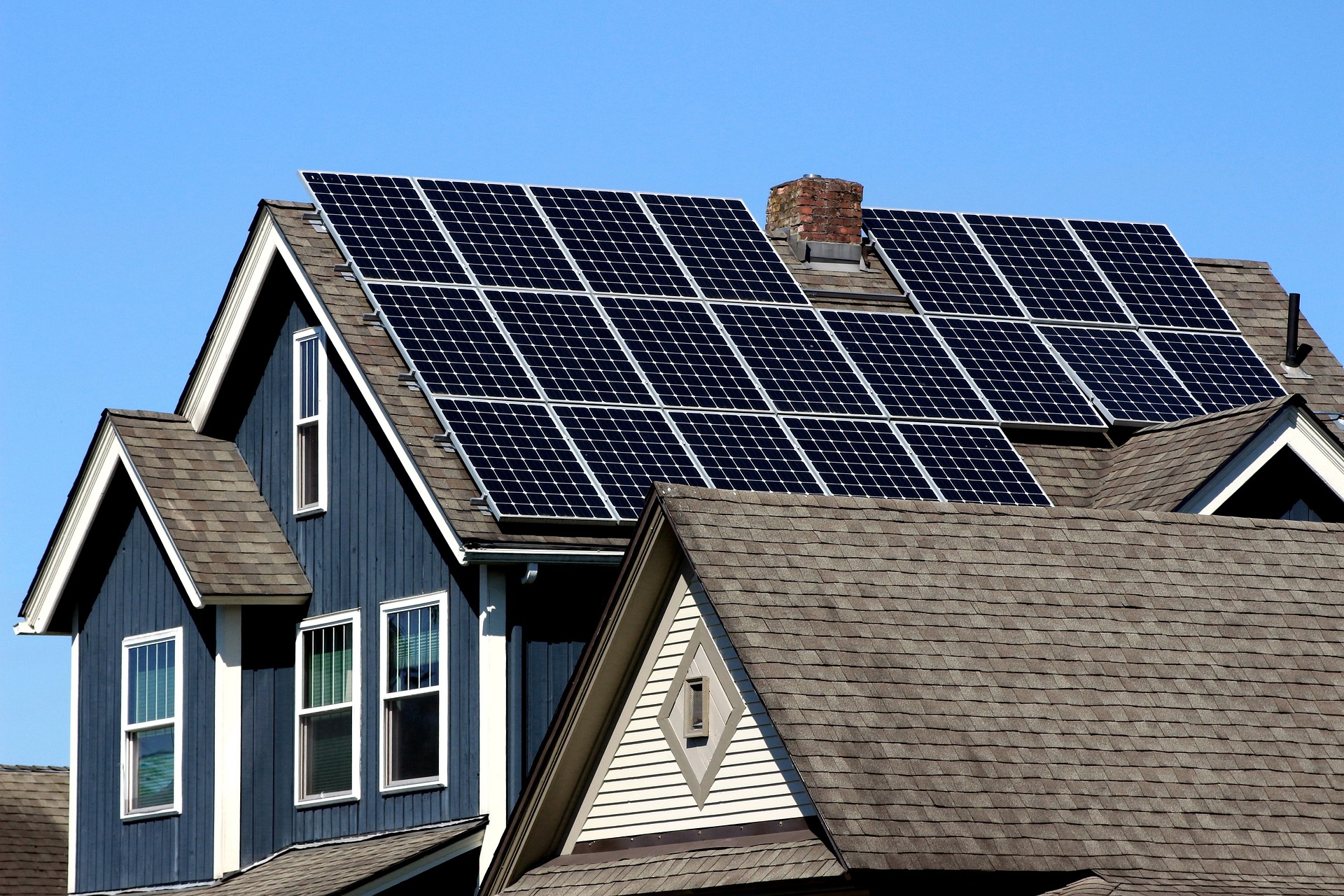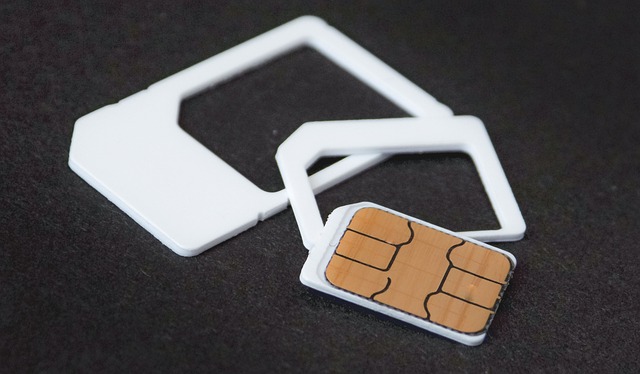Solar Tiles: Affordable Future & Revolutionary Aesthetics
Solar roof tiles represent a groundbreaking advancement in renewable energy technology, combining the functionality of traditional solar panels with the aesthetic appeal of conventional roofing materials. Unlike bulky solar panels that sit on top of existing roofs, solar tiles integrate seamlessly into your home's architecture, providing clean energy generation whilst maintaining or even enhancing your property's visual appeal. This innovative technology is transforming how homeowners approach renewable energy adoption, making solar power more accessible and attractive than ever before.
What are solar roof tiles and how do they work?
Solar roof tiles, also known as photovoltaic tiles or solar shingles, are building-integrated photovoltaic products that serve the dual purpose of protecting your home from the elements whilst generating electricity. These tiles contain photovoltaic cells embedded within durable materials that mimic traditional roofing materials such as slate, clay, or asphalt shingles.
The technology works through the photovoltaic effect, where sunlight strikes the semiconductor material within each tile, creating an electrical current. Individual tiles are connected through a wiring system that channels the generated electricity to an inverter, which converts the direct current into alternating current suitable for household use. The system can be connected to the national grid, allowing excess energy to be sold back through feed-in tariffs or Smart Export Guarantee schemes.
Modern solar tiles typically achieve efficiency rates between 10-20%, with newer models incorporating advanced materials like monocrystalline silicon or thin-film technologies. The tiles are designed to withstand harsh weather conditions, including hail, high winds, and temperature fluctuations, often carrying warranties of 20-25 years.
How do solar tiles compare to traditional solar panel mounting systems?
When comparing solar tiles to traditional solar panel systems, several key differences emerge that influence both performance and practicality. Traditional solar panels typically achieve higher efficiency rates, often reaching 18-22%, compared to solar tiles’ 10-20% range. However, this efficiency gap is narrowing as tile technology continues to advance.
Installation complexity differs significantly between the two systems. Traditional solar panels can be mounted on existing roofs with minimal structural modifications, making them suitable for retrofit applications. Solar tiles, conversely, require complete roof replacement or integration during new construction, involving more extensive work but eliminating the need for separate roofing materials.
Aesthetically, solar tiles offer a clear advantage for homeowners concerned about visual impact. Traditional panels create a noticeable addition to the roofline, whilst solar tiles blend seamlessly with the roof’s design. This aesthetic integration often proves crucial in conservation areas or properties with architectural restrictions.
Maintenance requirements vary between systems. Traditional panels are easier to clean and replace individually if damaged. Solar tiles, being part of the roof structure, may require more specialised maintenance but often experience fewer issues due to their integrated design and reduced exposure to weather-related damage.
What are the benefits of choosing solar roof tiles for your home?
Solar roof tiles offer numerous advantages that extend beyond simple energy generation. The primary benefit lies in their dual functionality, serving as both roofing material and energy generator, eliminating the need for separate installations and potentially reducing overall project costs when replacing an existing roof.
Enhanced property value represents another significant benefit. Studies indicate that properties with integrated solar solutions often command higher market prices, with the aesthetic appeal of solar tiles potentially adding more value than traditional panel systems. The seamless integration appeals to a broader range of potential buyers who might otherwise be deterred by the appearance of conventional solar installations.
Durability and longevity constitute key advantages, as solar tiles are specifically designed to withstand the same environmental stresses as premium roofing materials whilst generating electricity. Many manufacturers offer comprehensive warranties covering both the roofing and energy generation functions, providing long-term peace of mind.
Planning permission advantages often favour solar tiles, particularly in conservation areas or listed buildings where traditional panels might be restricted. The integrated appearance frequently meets planning requirements more easily, making renewable energy adoption possible for properties with architectural constraints.
What does the future hold for solar roof tile technology?
The future of solar roof tile technology appears increasingly promising, with significant developments anticipated across efficiency, affordability, and integration capabilities. Research into perovskite solar cells and other advanced materials suggests efficiency rates could reach 25-30% within the next decade, potentially matching or exceeding traditional panel performance.
Manufacturing scale improvements are driving costs downward, with several major manufacturers investing heavily in production capacity. This increased competition and scale are expected to make solar tiles more financially accessible to mainstream homeowners, particularly as installation techniques become more standardised and efficient.
Smart home integration represents another exciting development area. Future solar tiles may incorporate built-in monitoring systems, automatic fault detection, and integration with home energy management systems. Some prototypes already feature colour-changing capabilities or integrated LED lighting, expanding their functionality beyond energy generation.
Energy storage integration shows particular promise, with researchers developing tiles that incorporate micro-battery technology, creating distributed storage throughout the roof structure. This advancement could revolutionise home energy independence, reducing reliance on grid connections and improving resilience during power outages.
| Product Type | Provider | Efficiency Rate | Estimated Cost per m² |
|---|---|---|---|
| Solar Slate Tiles | SolarCity/Tesla | 10-14% | £400-600 |
| Photovoltaic Shingles | CertainTeed Apollo | 14-18% | £350-500 |
| Glass Solar Tiles | Solecco | 16-20% | £500-750 |
| Integrated PV Tiles | Marley SolarTile | 12-16% | £300-450 |
Prices, rates, or cost estimates mentioned in this article are based on the latest available information but may change over time. Independent research is advised before making financial decisions.
Solar roof tiles represent a compelling solution for homeowners seeking to embrace renewable energy without compromising their property’s aesthetic appeal. As technology continues advancing and costs decrease, these innovative products are positioning themselves as a mainstream alternative to traditional solar installations, offering the promise of clean energy generation seamlessly integrated into our built environment.





